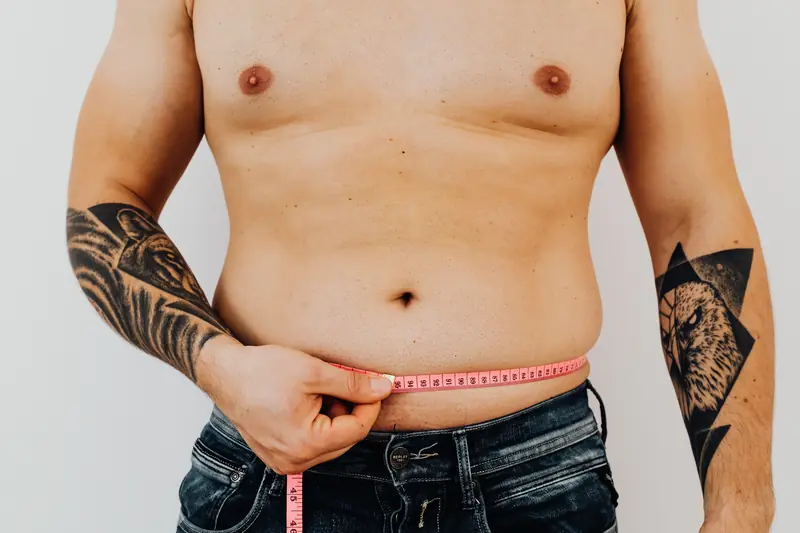
Experts are urging those who regularly consume alcohol to take at least one “dry” month and witness the remarkable changes that can occur in their bodies.
Completely abstaining from alcohol for a month may seem like an overwhelming challenge for those accustomed to drinking regularly. However, the promise of better sleep, clearer skin, and a slimmer waistline could be motivation enough to extend this health experiment.
According to Karen Tyrell, CEO of the British charity Drinkaware, the health benefits of such an initiative are undeniable.
Ms. Tyrell, a sober living expert, believes that this change can enhance morning moods and protect against several types of cancer and liver diseases. She also shared what other transformations the body can expect with each alcohol-free week.
Week One
Right from the start, you’ll be pleasantly surprised to find that you no longer experience the morning nausea, fatigue, and irritability that accompany hangovers, as reported by the Daily Mail.
You’ll also notice an improvement in your sleep and a more refreshing wake-up in the morning, Ms. Tyrell noted. The reason is that alcohol disrupts a crucial phase of sleep known as REM (rapid eye movement) sleep. This disruption is why people often feel like a zombie the next day.
Alcohol is a depressant and typically heightens anxiety, while sobriety—even for a short period—can improve mental well-being. It helps in managing stress and anxiety more effectively.

Week Two
At this stage, your abstinence from the “green serpent” will reflect positively on your skin. After being puffy, dull, and dry for a long time, your skin will gradually start to glow.
Regular alcohol consumption stimulates urination, which means your skin often misses out on the hydration and nutrients it needs to look healthy. Additionally, alcohol can trigger flare-ups of psoriasis, a condition that causes skin peeling, and rosacea, which leads to facial redness. Once you kick the bad habit, your skin will become brighter as it receives adequate moisture.
Karen Tyrell warned that regular alcohol abuse can lead to jaundice, yellowing of the skin and the whites of the eyes, which is a sign of severe liver disease.

Week Three
By the third week of the experiment, you’ll be amazed at how light your body feels. This is likely because you’ve shed a few extra pounds.
It’s known that a gram of alcohol contains about seven calories, which is equivalent to the calories found in pure fat (!).
According to the National Health Service (NHS) in the UK, a pint of beer contains over 200 calories, while a 175 ml glass of wine has more than 150 calories. That’s the same calorie count as a glazed donut.
Due to the sugar and starch in wine and beer, these drinks contain additional calories, which are considered empty—meaning they lack nutritional value. However, they contribute to easy weight gain.
Thus, abstaining from drinking for a month can help you lose weight, the expert noted.

Week Four
This stage encourages you to think about protecting your body from serious illnesses.
Alcohol is linked to seven different types of cancer, including bowel, breast, liver, and oral cancers. Notably, the liver is the organ most harmed by alcohol.
If you stop abusing alcohol for at least a month, your liver will begin to self-repair and regenerate its cells.
“Although it is a resilient organ that can recover from damage, the risk of developing liver cancer or cirrhosis exists even in the early stages of alcohol consumption and increases the longer a person drinks,” explained Ms. Tyrell. So, giving up alcohol can give your liver a chance to rejuvenate.

The NHS has defined a critical weekly alcohol consumption limit of 14 standard units. This amount is found in 6 pints of beer (a pint is 0.568 liters), 7 glasses of wine at 175 ml each, 10 glasses of champagne at 125 ml each, or 7 double measures of spirits at 90 ml each. Exceeding this limit is associated with an increased risk of alcohol-related death.
